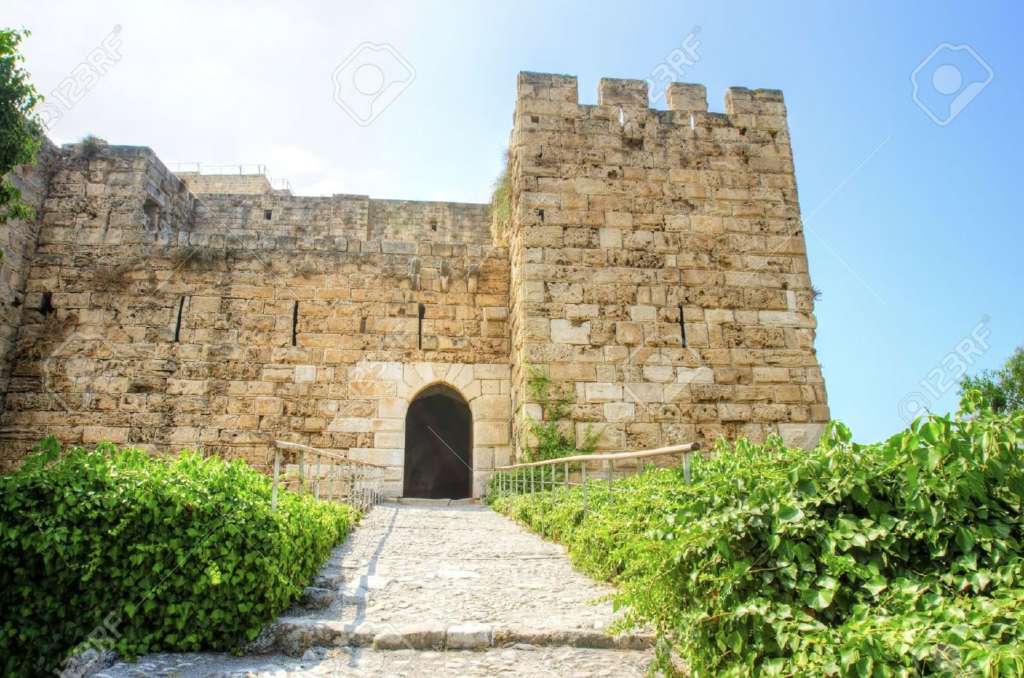London-Old cities are always distinguished with beauty features that amaze people, like their old souks under the blue clear skies, embroidered colored clothes made of white cotton, and old stone buildings covered by the yellow light of the sun.
However, the history of cities is filled with turmoil and disturbances, and unfortunately, some of these cities can’t be inhabited because of hard conditions. For example, Aleppo considered one of the oldest inhabited cities is currently witnessing a destructive civil war.
Yet, some other cities maintained their prosperity like Plovdiv in Bulgaria, which succeeded in adapting with the modern life and conserved the beauty it had enjoyed over time.
Below, we will cite a number of the oldest cities in the world.
Beirut, Lebanon – 3000 B.C.:
Beirut, which is often compared to the Phoenix bird, has faced destruction and reconstruction seven times. It was mentioned in correspondences sent to Egypt’s emperor Pharaoh in the 14th century B.C. Archeologists have found tools that refer to the Stone Age, Modern Era, and the Bronze Age.
Most prominent sites: National Museum of Beirut, which is the main cultural institution in the country that highlights Lebanon’s history. It comprises antiquities from the Iron and Bronze Ages, Roman and Byzantine Empires, and the Mamluk Sultanate.
Aintab, Turkey – 3650 B.C.:
Like many other old cities, Aintab has lived many different eras including Byzantine, Crusade, and Ottoman eras.
Aintab is located in the south of Turkey, near the Syrian border, and has been considered one of the leading cities in the carpet industry.
Most prominent sites: the Zeugma Mosaic Museum, considered the biggest mosaic museum in the world, and comprises 1700 m² of mosaic.
Plovdiv, Bulgaria – 4000 B.C.:
Considered the second biggest city in the country and always competed the capital Sophia. It began as a Tarkan settlement, then became a large Romanian city before its invasion by the Byzantines and Ottomans.
Plovdiv is religiously and ethnically diverse as it comprises churches, mosques, and Jewish temples in addition to an Armenian church and a Gothic cathedral. The city is also known with tolerance and active cultural life.
Most prominent sites: Plovdiv Roman Theatre that was built in the Era of Emperor Trajan. The theatre was revealed in the Modern Ages following a ground collapse in 1972.
Sidon, Lebanon – 4000 B.C.:
Jesus Christ has made his first miracle by transforming water into vintage in Sidon. The city is located on the Mediterranean coast. It is composed of a number of streets and trails with curved roofs, and a number of mosques from the Umayyad Era.
They say that Saint Paul and Alexander the Great once visited Sidon.
Most prominent sites: Sidon’s Sea Castle, built by the Crusaders on a small island linked to the ground with a stone path. Mamluk have built this castle to prevent Crusaders from returning to the city. The castle was rehabilitated by Emir Fakhr-al-Din.
Faiyum, Egypt – 4000 B.C.:
Located 100 km (62 miles) southwest of Cairo and occupying a part of Crocodilopolis, which is a city where people used to worship a sacred crocodile called Sobik that lived in a small lake and was fed by priests.
Today, Faiyum includes large souks, mosques, public Hammams near Karoun lack, which represents a vacation destination for Egyptians.
Most prominent sites: Wadi El-Rayan that includes two lakes. It has been announced a natural reserve in 1989 to protect its biological, geological, and cultural resources.
Shush, Iran – 4200 B.C.:
It was mentioned as “Shushan” in Hebrew bible. They say that Esther became a queen there, and that she saved the Jewish people from genocide.
Most prominent sites: Shush Castle, built under the patronage of the French archaeologist Jean-Marie Jacques de Morgan in the last decade of the 19th century. The castle, which suffered from severe damages during the Iranian-Iraqi war and had been rehabilitated by the Iranian government, is now open for visitors as a museum.
Damascus, Syria – 4300 B.C.:
Some consider it among the oldest and greatest cities in the world. It was invaded by Alexander the Great and ruled by the Romans, Arabs, and Ottomans.
Most prominent sites: The Umayyad Mosque considered as the most visited touristic destination in the city.
Aleppo, Syria – 4300 B.C.:
Located on the crossroad of old trade routes, and was controlled by Mamluks, Arabs, Ottomans and others. Currently, Aleppo is suffering from civil war.
Most prominent sites: Aleppo’s castle built in the 13th century and was classified as a city of human heritage by UNESCO. Unfortunately, according to BBC, 60% of the old city of Aleppo was devastated by the ongoing war.
Byblos (Jubayl), Lebanon- 5000 B.C.:
The motherland of Phoenix alphabet, it is located 40 km north of Beirut and has been inhabited since the Modern Stone Age. It enjoys a growing popularity as it is a touristic and cultural city, and provides an exceptional blend of beaches and historic sites.
Most prominent sites: Jubayl Castle. It was destroyed by Salaheddine in 1190 and reconstructed by Crusaders. The castle is located near a number of Egyptian temples and a Romanian theatre, which reflects its cultural diversity.
Ariha, Occupied Palestine – 9000 B.C.:
The city is considered among oldest cities in the world.
Most prominent sites: St. George Orthodox Monastery in Wadi Qelt which was built at the end of the 5th century A.D.
